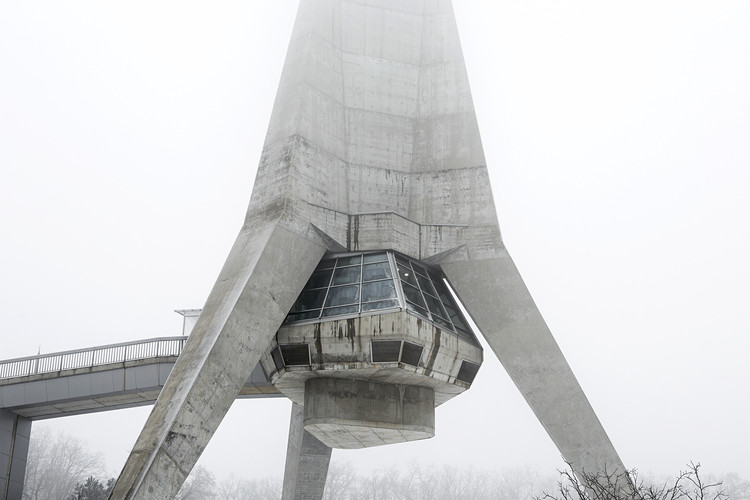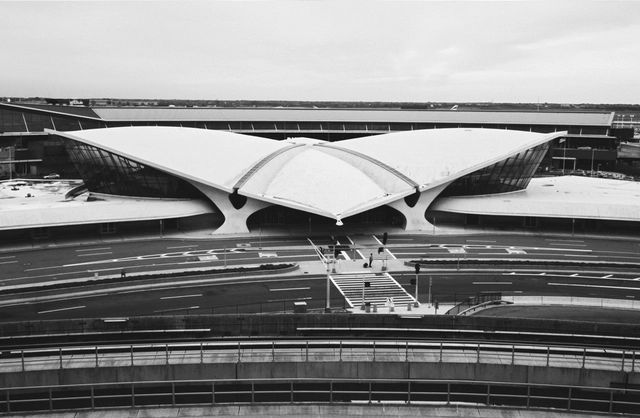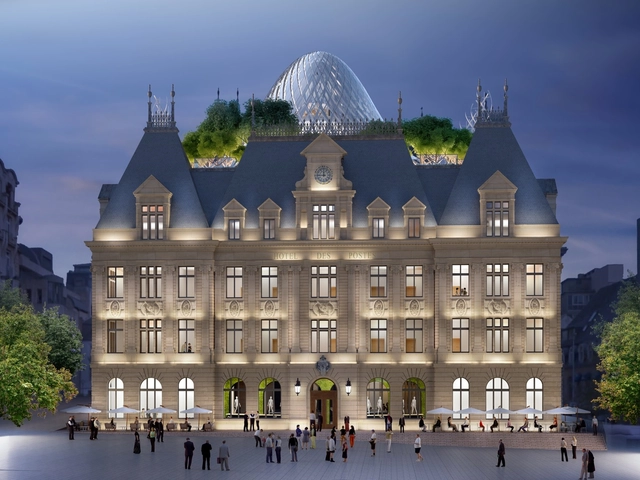
The modern and futuristic architecture of Sub-Saharan Africa reflects the aspirations and progressive spirit that dominated the early years of independence for many countries in this region between the late 1950s and early 1960s. This architectural production, coinciding with economic growth, employed complex construction methods in designs that seamlessly blended interior and exterior spaces (thanks to the tropical climate), focusing on form and expression of materiality. From this fusion of specific conditions emerged architectural masterpieces of unique value that demand 'rediscovery,' among them the Kenyatta International Convention Center (KICC) in Nairobi, Kenya.































































.jpg?1530807729&format=webp&width=640&height=580)













